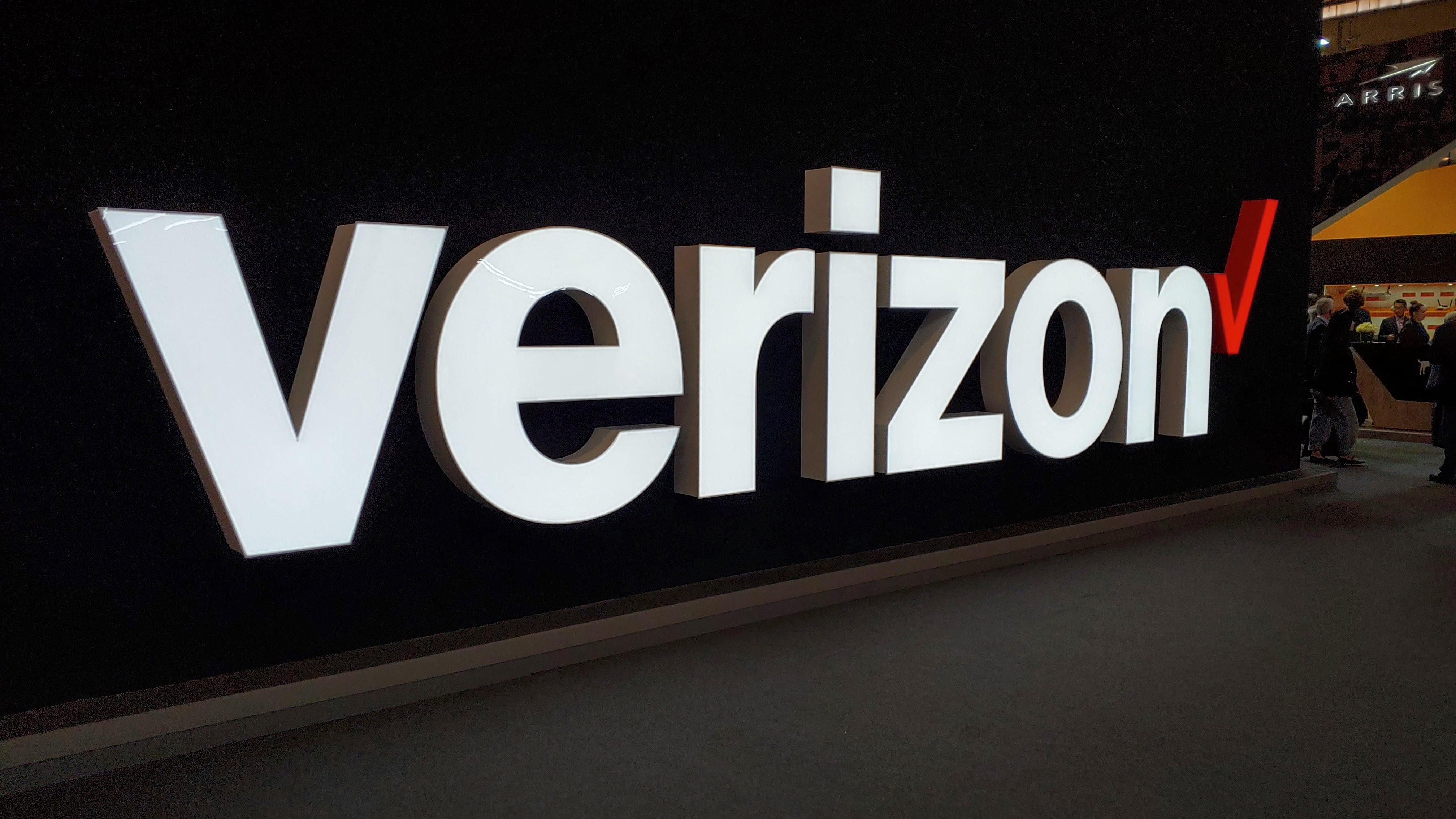The Growth of AI Is Exposing the Cracks Within Tech Culture
As the AI race intensifies, tech companies are expected to increase AI investments to $300 billion in 2025. Across industries, executives aren’t just racing to be first in AI achievements, they are competing not to be last. That mindset of adding AI on top of systems without considering the structures that will support its development […] The post The Growth of AI Is Exposing the Cracks Within Tech Culture appeared first on Unite.AI.


As the AI race intensifies, tech companies are expected to increase AI investments to $300 billion in 2025. Across industries, executives aren’t just racing to be first in AI achievements, they are competing not to be last. That mindset of adding AI on top of systems without considering the structures that will support its development is exposing an uncomfortable truth: businesses don’t have the culture in place to make AI work.
Listen to any earnings call and chances are you will hear an executive speak about how betting on AI will drive efficiency, growth, and innovation. You likely won’t hear about how those leaders are prioritizing the transformational cultural changes that need to happen on product, engineering, and tech teams to truly unlock the potential of AI. At the heart of AI transformation is a broken tech culture and, without fixing that culture, the lofty investments organizations are making in automation and intelligence are bound to fail.
Rigid hierarchies, process-heavy operations, and leadership fixated on control rather than creativity are stifling the very agility AI demands. Few organizations are truly evaluating the structures and leadership models that determine whether those AI investments succeed or fail. Those of us who’ve witnessed the rise of the internet and SaaS firsthand know how quickly entire industries can be reshaped. The companies that preemptively rewrite their tech culture before AI forces them to will define the next decade of innovation and market leadership.
Organizations that truly wish to create an AI-centric and innovation-driven business need more than just new technologies. They need to reimagine how teams are structured, how work is done, and how leadership functions.
What are the most significant cracks in tech culture?
There are three big problems plaguing organizations when it comes to tech culture:
- Tech teams are measured by output, not impact. The hyperfixation on productivity output has led to a dearth of creativity within engineering and product teams. As companies continue to operate from a top-down command structure, they are suffocating the agility and adaptability AI innovation requires. Strict success metrics that don’t leave room for experimentation are hindering the ability of tech teams to make impactful changes.
- Managers deprioritize building and over-prioritize decision-making. Advancing in one’s career is something many strive for. But in their chase for upward mobility, too many managers are losing sight of the builder mindset that propelled them to their current rank and are instead adding unnecessary layers of decision-making. Managers must be building and innovating alongside their direct reports to eliminate the need to navigate multiple layers of approvals.
- Leaders are playing defense instead of offense. In the race to not be last, leaders looking to invest in AI are focusing on layering the technology on top of existing solutions, rather than building AI-native solutions from the ground up. The result of this defensive posture is piecemeal automation efforts that don’t fundamentally change business outcomes.
AI is a major technological shift, and a transformative cultural shift must follow
Throwing money at the development and implementation of AI isn’t going to solve the underlying cracks that are impeding true speed, efficiency, and innovation amongst tech workers. The culture needs to be brought down to its foundation and rebuilt around the new models and norms AI is creating. Here is what that looks like in practice:
- Encourage continuous experimentation. Innovation is an always-on mindset and needs to be treated as such. It can’t be manufactured in a boardroom; rather, it needs to be fostered and grown on the ground, where engineers and product teams solve problems. I used to love our annual hackathons—now we’ve made innovation a constant rhythm. By shifting to monthly or quarterly innovation days, we’ve created more space for experimentation. The result? More ideas, faster iteration, and a culture that encourages everyone to think—and build—boldly. While simple, this is fundamentally changing the way our organization functions by cultivating a cultural shift that opens ideas and experiments to anyone within the organization.
- Replace managers with builders. Shift from a traditional managerial approach to one that prioritizes creation, problem-solving, and execution. At Cornerstone, we moved away from traditional management approaches and empowered teams to own problems, not just processes. This shift to a creator-first mindset has unlocked new levels of execution. Teams are building AI-powered solutions in weeks—not months.
- Restructure teams for speed. Foster cross-functional collaboration by creating small, focused teams with clear objectives. A “perfect org” often creates perfect silos. Within Cornerstone, we restructured into focused, cross-functional teams with end-to-end ownership—bringing together product, design, engineering, and QA in a single flow. These single-threaded teams eliminate bottlenecks and fuel innovation with speed and clarity. The shift away from hierarchical management toward more dynamic, solution-oriented leadership is no longer optional, it is essential.
- Rethink how AI is integrated. Traditional Software Development Lifecycle models are being redefined. With Generative AI, development cycles are collapsing. While it’s obvious to integrate AI into workflows to enhance productivity and decision-making, we needed to empower teams with automation and intelligent analytics that were easy to use, secure and widely adopted to drive faster, more precise innovation. Our teams are experimenting, building, testing, and iterating faster than ever—using AI to streamline workflows and uncover new solutions. This isn't just about tools; it's about rewiring how teams operate.
- Embrace generational diversity. Recognize the strengths of intergenerational collaboration. We’re pairing Gen Z engineers—digital natives—with experienced technologists to blend fresh perspectives with deep domain expertise. This cross-generational collaboration is redefining how we think about AI, problem-solving, and leadership.
Winning in an AI Economy
We know that organizations that fail to adapt risk obsolescence. Particularly those who have been working over the last couple of decades have seen it firsthand when the internet or on-demand services forever changed the landscape of traditional and brick-and-mortar businesses.
True transformation isn’t just about adopting new tech. It’s about shifting mindsets, breaking structures, and creating a culture where innovation thrives. Businesses must actively cultivate an environment that empowers future-focused leaders and nurtures a workforce of builders, not just managers. They must create spaces where diverse perspectives flourish, where experimentation is encouraged, and where speed and adaptability drive decision-making. Organizations that succeed in the AI era will be the ones that empower builders, embrace change, and let culture lead the way.
The post The Growth of AI Is Exposing the Cracks Within Tech Culture appeared first on Unite.AI.





































































































































































![[The AI Show Episode 146]: Rise of “AI-First” Companies, AI Job Disruption, GPT-4o Update Gets Rolled Back, How Big Consulting Firms Use AI, and Meta AI App](https://www.marketingaiinstitute.com/hubfs/ep%20146%20cover.png)














































































































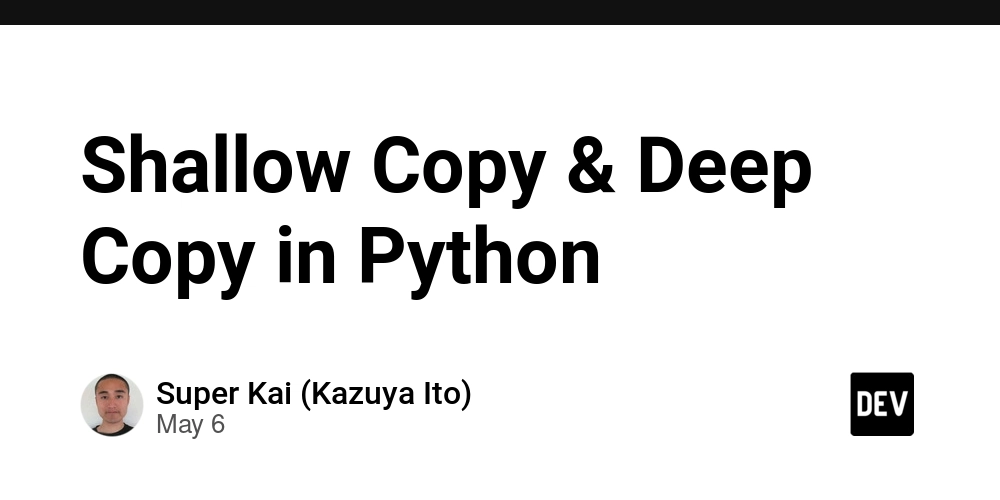


































































.jpg?width=1920&height=1920&fit=bounds&quality=70&format=jpg&auto=webp#)









































































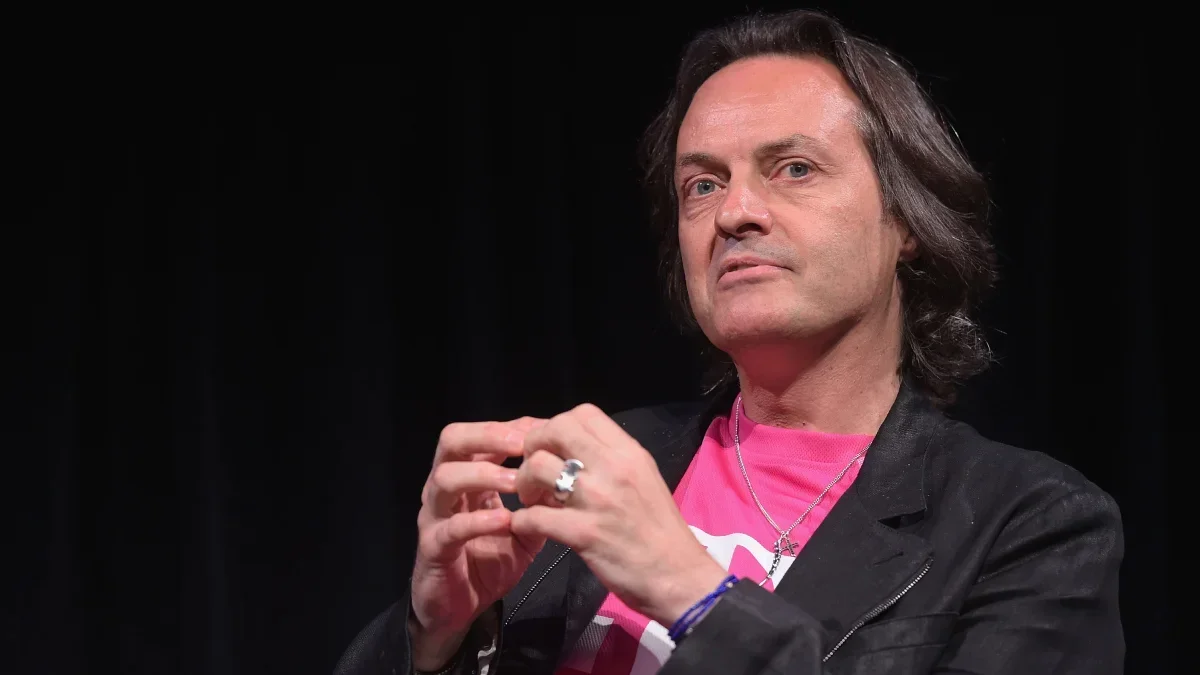












_Alexey_Kotelnikov_Alamy.jpg?width=1280&auto=webp&quality=80&disable=upscale#)
_Brian_Jackson_Alamy.jpg?width=1280&auto=webp&quality=80&disable=upscale#)



 Stolen 884,000 Credit Card Details on 13 Million Clicks from Users Worldwide.webp?#)





































































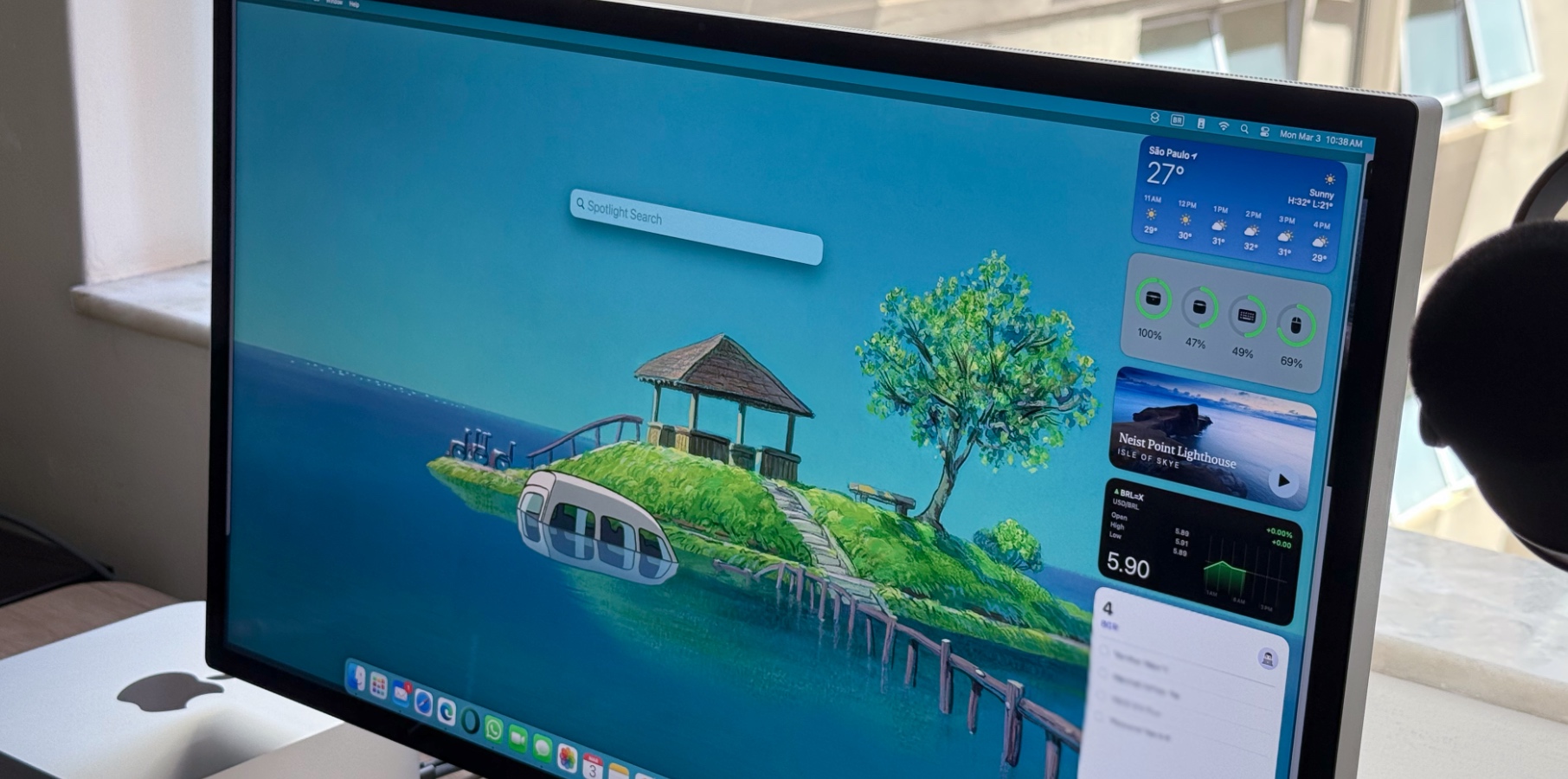













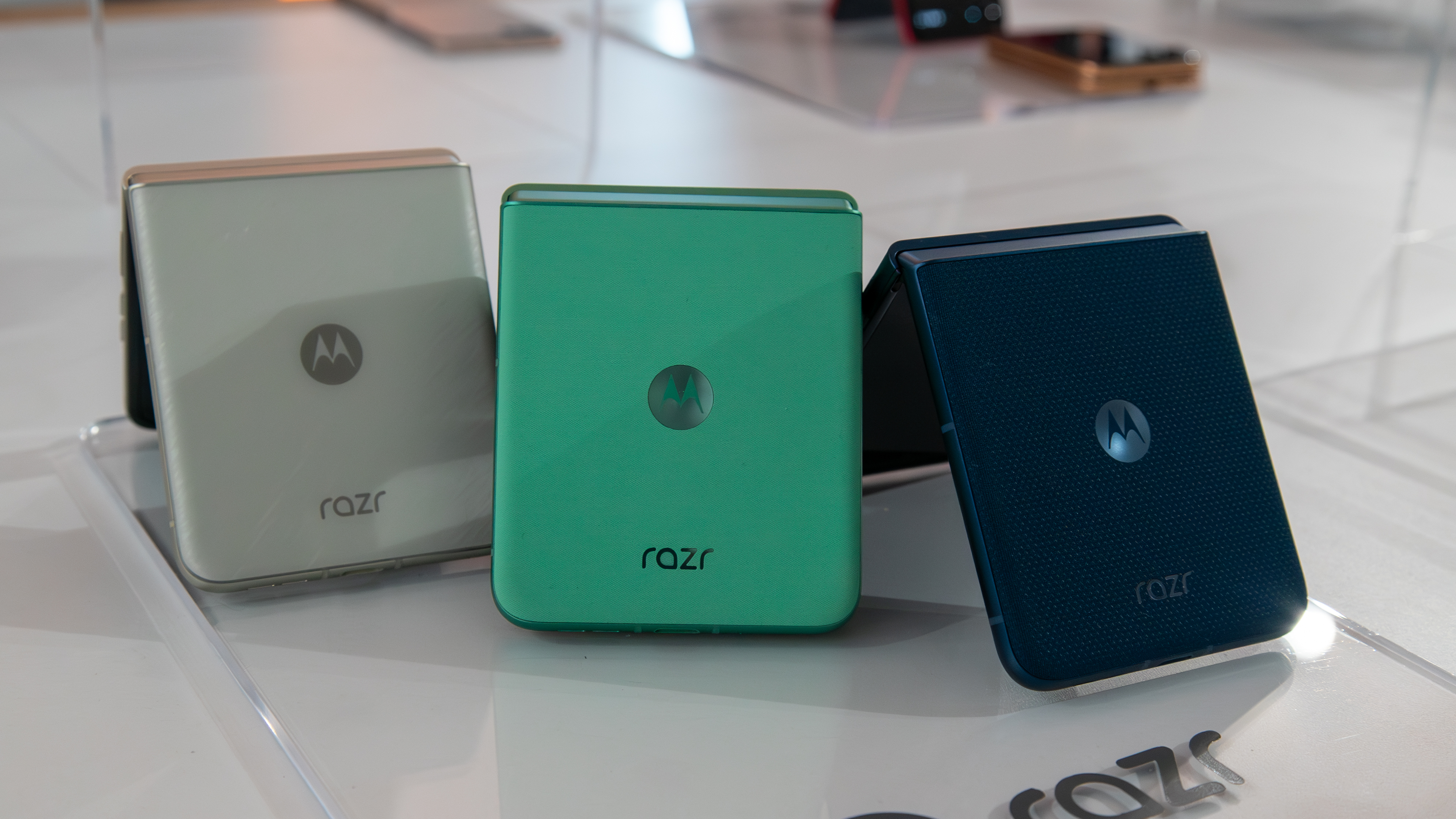






![Roku clarifies how ‘Pause Ads’ work amid issues with some HDR content [U]](https://i0.wp.com/9to5google.com/wp-content/uploads/sites/4/2025/05/roku-pause-ad-1.jpg?resize=1200%2C628&quality=82&strip=all&ssl=1)

![Look at this Chrome Dino figure and its adorable tiny boombox [Gallery]](https://i0.wp.com/9to5google.com/wp-content/uploads/sites/4/2025/05/chrome-dino-youtube-boombox-1.jpg?resize=1200%2C628&quality=82&strip=all&ssl=1)













![Apple Seeds visionOS 2.5 RC to Developers [Download]](https://www.iclarified.com/images/news/97240/97240/97240-640.jpg)
![Apple Seeds tvOS 18.5 RC to Developers [Download]](https://www.iclarified.com/images/news/97243/97243/97243-640.jpg)















































